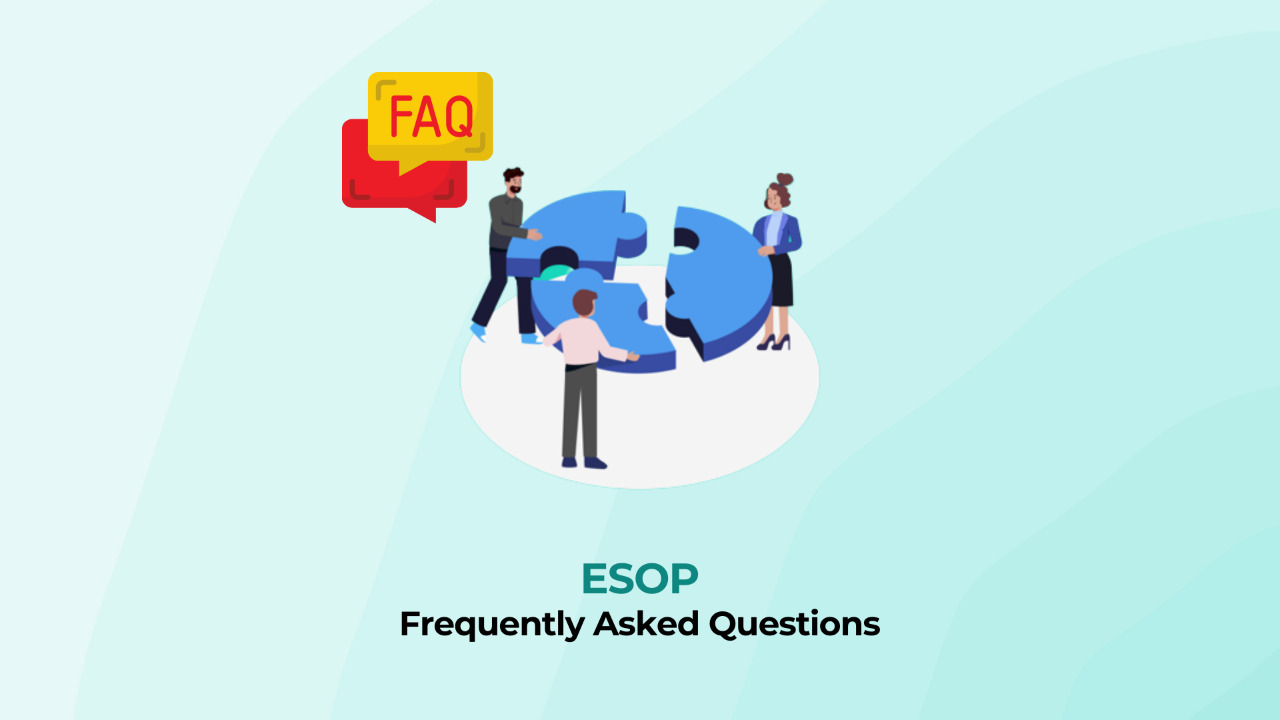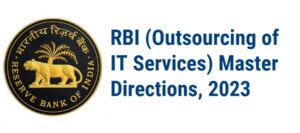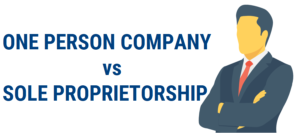- What’s the hype behind ESOPs?
- Because of the tremendous competition in the startup world, acquiring and keeping staff is critical. And the only way to do so is to reward them for their contributions. Employee Stock Options (“ESOP”) are one type of compensation that many firms provide these days. The hype might be explained by examining the benefits from both the employee and the company’s perspectives.
For Employees:
- Boost employee morale by encouraging them to do better in their daily responsibilities.
- Increases staff retention and, as a result, minimises turnover.
- Savings on director salaries for a private limited business by giving a share of ESOPs as a component of salary.
For Company:
- Employees might directly hold shares in a firm and participate in its success.
- Can gain from riches by selling lucrative shares that were purchased at a lesser price.
- Encourages employees to do their best.
2. Why is it called ESOPs and does it differ from the stocks that a founder holds?
- It is called ESOPs because it is an employee benefit plan that provides employees a share of the company’s ownership. Each qualifying employee receives a set percentage of the company’s equity shares at no cost to them.
| Founder Stocks | ESOP |
| Founder’s equity, sometimes known as founder’s stock, is a type of shares awarded to a company’s founders or early members. In actuality, founder’s stock is just common stock that has been distributed to the company’s founders. | ESOPs are given to directors and workers as an incentive and as a retention plan. They do not constitute an obligation, and they are offered to workers in the form of a right to exercise their option to acquire shares. |
3. At what stage of a company’s growth are the ESOPs most valuable for an employee?
- The various stages of growth in the lifecycle of the start-up can be divided into:
- Early Stage
Companies are often less liquid in the early stages (seed and angel rounds). They might not have enough money to hire C-suite executives and other key staff who are essential to the company’s success. Founders should offer ESOPs aggressively in such circumstances since they will have a lesser cash component to offer. Grants from ESOPs can be substantial, thus policies should be flexible. At this point, the primary goal is to recruit personnel.
- Growth Stage
A startup’s business has expanded by the time it receives a Series A or B round of funding. Employees’ monetary expectations should be matched by founders, and ESOPs should be limited to the most valued employees. ESOP grants may be reduced, but cash components should increase. Employees should be granted ESOPs as a form of compensation. The retention of high-performing individuals becomes crucial at this point in the process. Employees who were not given ESOPs when they started must now be given ownership options if they are key players in the company.
- Maturity Stage
Startups reach a mature stage after raising a Series B financing. Both the cash component and the ESOP pool are most likely balanced at this point. Satheesh recommends that founders raise performance-based ESOP awards at this time. Because the monetary component is so large, ESOPs should only be issued when absolutely required. It’s also worth noting that the company’s valuation rises at subsequent phases, implying that each ESOP’s Fair Market Value (FMV) rises as well. As a result, entrepreneurs should take a balanced approach to the awards that should be given to workers based on their success.
From the above it is clear that no matter the stage ESOP are valuable for the employee. However while signing up for ESOPs the employee should ask the following questions:
- Is an Esop Scheme in place?
- Quantum of options You will get
- The value of the Options
- Liquidity and valuation of Shares
- How to decide between full-monetary salary hikes & ESOPs?
- Although common sense would dictate that cash should be preferred over ESOPs, such a comparison may be difficult to establish because the predicted price of shares under an ESOP plan is often substantially greater than the cash component being provided. Furthermore, the option of opting for cash instead of an ESOP may not always be available.
If your company’s financial performance falls short of expectations, not only your pay but also your fortune will be jeopardised. As a result, only use your ESOP right to purchase shares if your company’s fundamentals are sound. The issue of taxation must also be examined. You must pay tax on the difference between the fair market value and the exercise price when you execute the option.
5. What are the things to look out for when offered ESOPs? What are cliffs & vesting periods?
- The following things need to considered when ESOPs are offered:
i. Is the exercise price fixed or based on the FMV (Fair Market Value)?
The exercise price of options can be whatever the corporation chooses when issuing the ESOP grant letter. Some firms use a minimal exercise price (for example, INR 10) while others choose an exercise price depending on the company’s latest round value. The greater the difference between FMV and exercise price at the time of ESOP sale, the more money you create.
ii. Is there a vesting schedule? Is it a one-size-fits-all approach, a back-loaded approach ,or performance-based approach?
When you participate in an Employee Shares Option Plan, you have the ‘option’ to acquire the company’s stock at the time of exercise. The procedure by which you obtain the right to acquire these stocks on a systematic basis or according to a pre-determined calendar is known as ESOP vesting. Think of the vesting schedule as a timetable by which you obtain the right to ESOPs. The most typical vesting plan is uniform yearly vesting over four years, which means that after the first year of mandatory ‘cliff’ vesting, you will get 25% of the total ESOPs guaranteed to you every year for the next four years.
iii. When you leave the company, what happens to your ESOPs?
Your unvested ESOPs are returned to the ESOP pool when you depart or your employment term ends, but you should be aware of how your vested options are treated. Here you must consider how much time you will have to consider your alternatives after resigning. Consider that if you just have a few weeks to exercise, you’ll have to pay a few thousands or perhaps crores of rupees to obtain possession of your shares. Most well-known companies let workers months or even years to exercise their vested options.
iv. When you exercise your options, what are the transfer restrictions?
There may be a clause in the ESOP programme that allows the firm or the founder to forcefully purchase back (call option) such shares at market price. A ‘Right of First Refusal’ or ROFR clause, for example, permits the business to review any sale or transfer offer you have received first, and only if the company agrees to waive the ROFR clause can you proceed with the sale or transfer of shares.
v. How does the corporation make ESOP liquidity available to employees?
Check the ESOP policy and grant letter to see how ESOP liquidity has been or will be made available to startup workers. Is this even brought up by the management? Remember that you will only profit from your ESOPs if a liquidity event occurs, such as a secondary transaction, repurchase, or ultimate IPO.
Disclaimer:
The content of this article is for information purpose only and does not constitute advice or a legal opinion and are personal views of the author. It is based upon relevant law and/or facts available at that point of time and prepared with due accuracy & reliability. Readers are requested to check and refer to relevant provisions of statute, latest judicial pronouncements, circulars, clarifications etc before acting on the basis of the above write up. The possibility of other views on the subject matter cannot be ruled out. By the use of the said information, you agree that the Author / Treelife is not responsible or liable in any manner for the authenticity, accuracy, completeness, errors or any kind of omissions in this piece of information for any action taken thereof.
Disclaimer:
The content of this article is for information purpose only and does not constitute advice or a legal opinion and are personal views of the author. It is based upon relevant law and/or facts available at that point of time and prepared with due accuracy & reliability. Readers are requested to check and refer to relevant provisions of statute, latest judicial pronouncements, circulars, clarifications etc. before acting on the basis of the above write up. The possibility of other views on the subject matter cannot be ruled out. By the use of the said information, you agree that the Author / Treelife is not responsible or liable in any manner for the authenticity, accuracy, completeness, errors or any kind of omissions in this piece of information for any action taken thereof.








